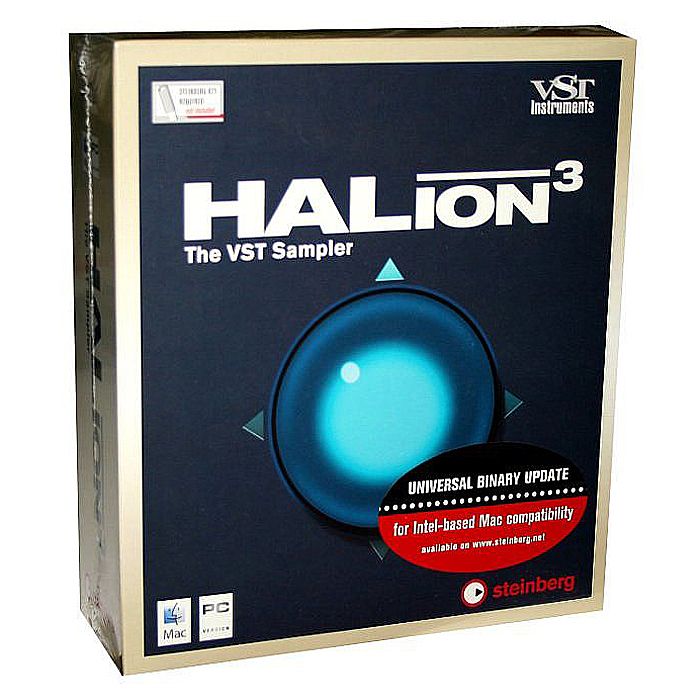
#Halion one sampler for free#
The "big ones" - as far as I was able to find out:īut with neither of them it is possible to create or export instruments in a format which can be distributed for free so that it can be used by others without a Cubase, Logic or Kontakt license. If you have Cubase already, the new sampler track of Cubase 11 is able to do a lot of this already out of the box.īut there are not very much samplers which actually can save and package virtual instruments or even sound fonts (or at least I did not found much). The comments and answers regarding samplers helped me to find the right search terms. There are lots of samplers out there, commercial, free, expensive, less expensive. Wrapping up what I found out researching: Every recording has some background noise, and if you record a whole performance, you get the noise "once", but if you record individual notes and play back, say, 10 such recordings simultaneously, you're playing 10 copies of the background noise. Background noise can be somewhat of an issue for polyphonic instruments. is important as well, and those things aren't trivially easy to handle. The physical act of recording, mics, mic placement, room acoustics etc.
#Halion one sampler software#
Using the actual sampler software might not be the only thing to learn. But for some instruments, a well-made sample program can have thousands of separate samples. Depending on the instrument and the level of authenticity you're after, even a few separate samples can be enough, particularly if the listeners aren't familiar with the instrument's sound. Some samplers make creating sample programs easier than others, for example by auto-thresholding/slicing start/stop locations and auto-detecting and mapping pitches, so you don't have to manually spoon-feed every small detail for the sampler.
#Halion one sampler full#
Some DAW applications come bundled with a sampler plugin, and even if the plugin itself cannot actually sample, you can see the integrated DAW + plugin combo as a full sampler.

Search for "sampler that can actually sample" and you'll find some product alternatives. You'll have to slice, trim, level, clean, name, tune, sort, group, pitch-map, velocity-map, note-map, maybe loop the samples somewhere, with or without the help of automated tools. You can either do the sampling with a stand-alone sampler that can actually sample, or record the audio in a DAW (or audio editor) and then import (perhaps drag&drop) the recorded clips into a sample player such as Kontakt or HALion. A sampler that cannot actually record is (sometimes) called a playback sampler or sample player, to distinguish them from "real" samplers. There are software and hardware samplers. Recording audio for this kind of use is called sampling, and an instrument that can record and play samples is a called a sampler.


 0 kommentar(er)
0 kommentar(er)
